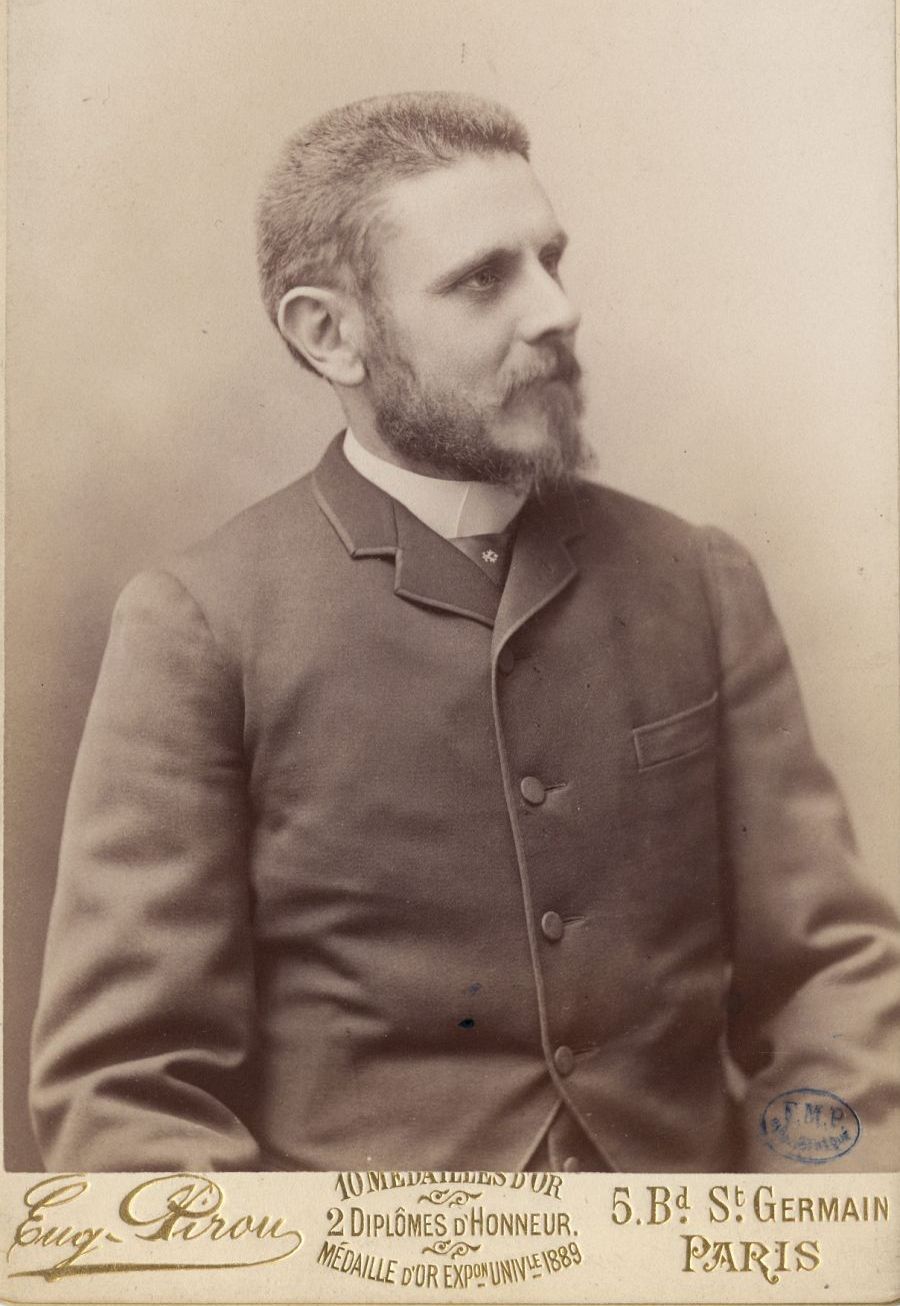
Pierre Marie
Pierre Marie: The Founder of Acromegaly and a Pioneer in Neurology
Pierre Marie, born on September 9, 1853, in Paris, France, significantly advanced the field of neurology and endocrinology. From his early days under the mentorship of Jean-Martin Charcot to his groundbreaking discovery of acromegaly, Marie’s contributions have left an enduring legacy in medical science.
Early Life and Education
Pierre Marie was born into a family where his father worked as a wine merchant. He pursued his medical education at the Faculty of Medicine in Paris, earning his degree in 1878. In 1883, he married Gabrielle Monod, and they had two children, a son and a daughter.
Professional Life and Major Contributions
Marie began his illustrious career working under the renowned neurologist Jean-Martin Charcot at the Salpêtrière Hospital. In 1886, he first described acromegaly, a condition characterized by abnormal growth of the hands, feet, and face due to excessive hormone production. This discovery was a significant milestone in medical history, linking the condition to abnormalities in the pituitary gland.
In 1889, Marie became a professor of pathological anatomy and later held the chair of neurology at the Faculty of Medicine in Paris. He practiced medicine at the Hôtel-Dieu de Paris and founded several neurological clinics in Paris. His research primarily focused on diseases of the nervous system, and he published numerous influential medical papers and books.
Discoveries and Innovations
Pierre Marie’s contributions to medicine extend beyond acromegaly. He co-described Marie-Strümpell Disease, now known as ankylosing spondylitis, and Charcot-Marie-Tooth Disease, a hereditary neuropathy. His extensive research on myopathies and speech disorders, such as aphasia, further cemented his reputation in neurology. He also described Marie-Bamberger Syndrome, which associates osteoarthropathy with lung disease.
Honors and Recognition
Marie was elected to the French Academy of Medicine in 1903, and his work gained international recognition. He was considered a key disciple of Jean-Martin Charcot and frequently lectured at international conferences. He was a member of various medical societies and organizations, and his textbooks were widely used in medical education.
Legacy and Influence
Pierre Marie’s influence on neurology and endocrinology is profound. He mentored numerous students who later became prominent figures in their fields. He collaborated with Georges Guillain on several projects and developed clinical methods still used in neurology today. Several hospital units and wards are named in his honor, reflecting his lasting impact on medical practice.
Personal Interests and Fun Facts
Beyond his medical career, Marie had a passion for art and collected paintings. He enjoyed gardening and traveled extensively for both leisure and professional purposes. His career was deeply influenced by his mentor, Jean-Martin Charcot. He served as a medical officer during World War I and engaged in several scientific controversies of his time. Marie also wrote an autobiography detailing his scientific journey and was involved in various philanthropic activities, particularly in healthcare.
Enduring Impact
Pierre Marie passed away on April 13, 1940, in Le Pradet, Var, France. His work continues to be featured in medical museums, and his discoveries still impact modern medical practice and research. Marie is remembered as a pioneer in modern neurology, with a legacy that continues to inspire and guide medical professionals worldwide.
